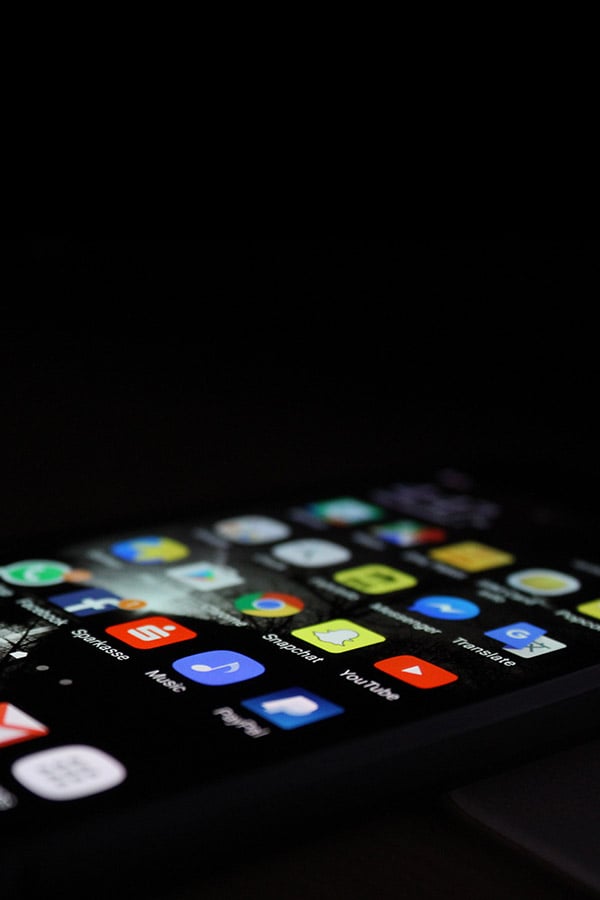[ad_1]
Imagine the vast ocean of social media, with giants like Facebook and YouTube, each boasting billions of users. The allure of this marketing strategy is undeniable, but amidst the glitter and glamor, there’s a lurking challenge: authenticity. The infiltration of fake influencers threatens the trust of businesses and individuals alike. But here’s where AI steps in, with a wallet growing from billions to trillions, signaling a future where trust and innovation are intertwined. As the global influencer marketing market surges to an astounding $21.1 billion by the close of 2023, the allure of this marketing strategy continues to grow.
But before we delve into AI’s contribution, let’s grasp the magnitude of the terrain. In July 2023, 15 social media platforms recorded significant user bases:
- Facebook: With a staggering 2.989 billion monthly active users, Facebook continues to be a colossal presence in the social media realm.
- YouTube: A potential advertising reach of 2.527 billion underscores its immense marketing potential.
- WhatsApp: With at least 2 billion monthly active users, this messaging platform is a vibrant space for engagement.
- Instagram: Sporting 2 billion monthly active users, Instagram remains a magnet for visual content enthusiasts.
- WeChat (inc. Weixin): Boasting 1.319 billion monthly active users, WeChat has established itself as a multifaceted platform.
- TikTok: With a potential reach of 1.081 billion adults over 18, TikTok’s rapid rise as a marketing channel is evident.
- Facebook Messenger: Offering a potential advertising reach of 1.038 billion, it’s a significant communication tool.
- Snapchat: With 750 million monthly active users, Snapchat maintains its hold on the younger demographic.
- Douyin (抖音): 730 million monthly active users emphasize its growing influence.
- Telegram: This platform reports 700 million monthly active users, emphasizing its reach.
- Kuaishou (快手): With 654 million monthly active users, Kuaishou is a vibrant platform.
- QQ (腾讯QQ): Boasting 597 million monthly active users, QQ remains a considerable platform.
- Sina Weibo (新浪微博): With 593 million monthly active users, Weibo is influential in China.
- Twitter: With a reported potential advertising reach of 564 million, Twitter maintains its presence.
- Pinterest: Boasting 463 million monthly active users, Pinterest is a hub for visual inspiration.
Shifting our focus to AI’s pivotal role in maintaining authenticity within influencer marketing, AI offers a comprehensive approach to spot counterfeit influencer accounts.
To start, AI harnesses the power of data analytics, meticulously examining datasets that encompass follower growth, engagement patterns, and content quality. This scrutiny aims to pinpoint any anomalies or irregularities that might raise suspicion. Secondly, AI conducts an in-depth analysis of influencer content, meticulously scanning for signs of plagiarism, image manipulation, and other red flags that might compromise authenticity. Thirdly, AI dives into audience insights, meticulously evaluating influencer audience demographics, geographic locations, and behavioral patterns to unearth inconsistencies that could indicate fake accounts. Lastly, AI deploys sentiment analysis, carefully scrutinizing comments and engagements for peculiar or repetitive patterns that might indicate artificial interactions. It’s a brilliant approach, isn’t it?
To harness AI’s potential in detecting fake influencer accounts:
- Choose the Right AI Tools — invest in specialized AI-powered platforms like Social Blade, HypeAuditor, or Influencity for authenticity checks.
- Define Authenticity Metrics — clearly outline criteria like engagement rates, audience demographics, and content originality.
- Ensure Continuous Monitoring — employ AI for ongoing vigilance, detecting sudden shifts promptly.
- Collaborative Human-AI Approach — combine AI insights with human judgment for more accurate assessments.
- Develop a Response Strategy — prepare a response plan when AI flags potential fake influencer accounts.
AI isn’t just a technological marvel; it’s the guardian of authenticity in influencer marketing, ensuring trust and integrity in a crowded digital landscape.
If you found this interesting, give it a share! Stay tuned for more sizzling insights from the dynamic world of digital marketing.
Source link









![Can You Create a Wikipedia Page for Your Company? [Best Practices & Guidelines to Know] Can You Create a Wikipedia Page for Your Company? [Best Practices & Guidelines to Know]](https://i0.wp.com/imtools.pro/wp-content/uploads/2023/11/how-to-create-a-wikipedia-page.pngkeepProtocol.png?resize=150%2C150&ssl=1)
![How to Write a LinkedIn Recommendation in 2023 [Quick Tip + Examples] How to Write a LinkedIn Recommendation in 2023 [Quick Tip + Examples]](https://i0.wp.com/imtools.pro/wp-content/uploads/2023/11/write-linkedin-recommendation.pngkeepProtocol.png?resize=150%2C150&ssl=1)